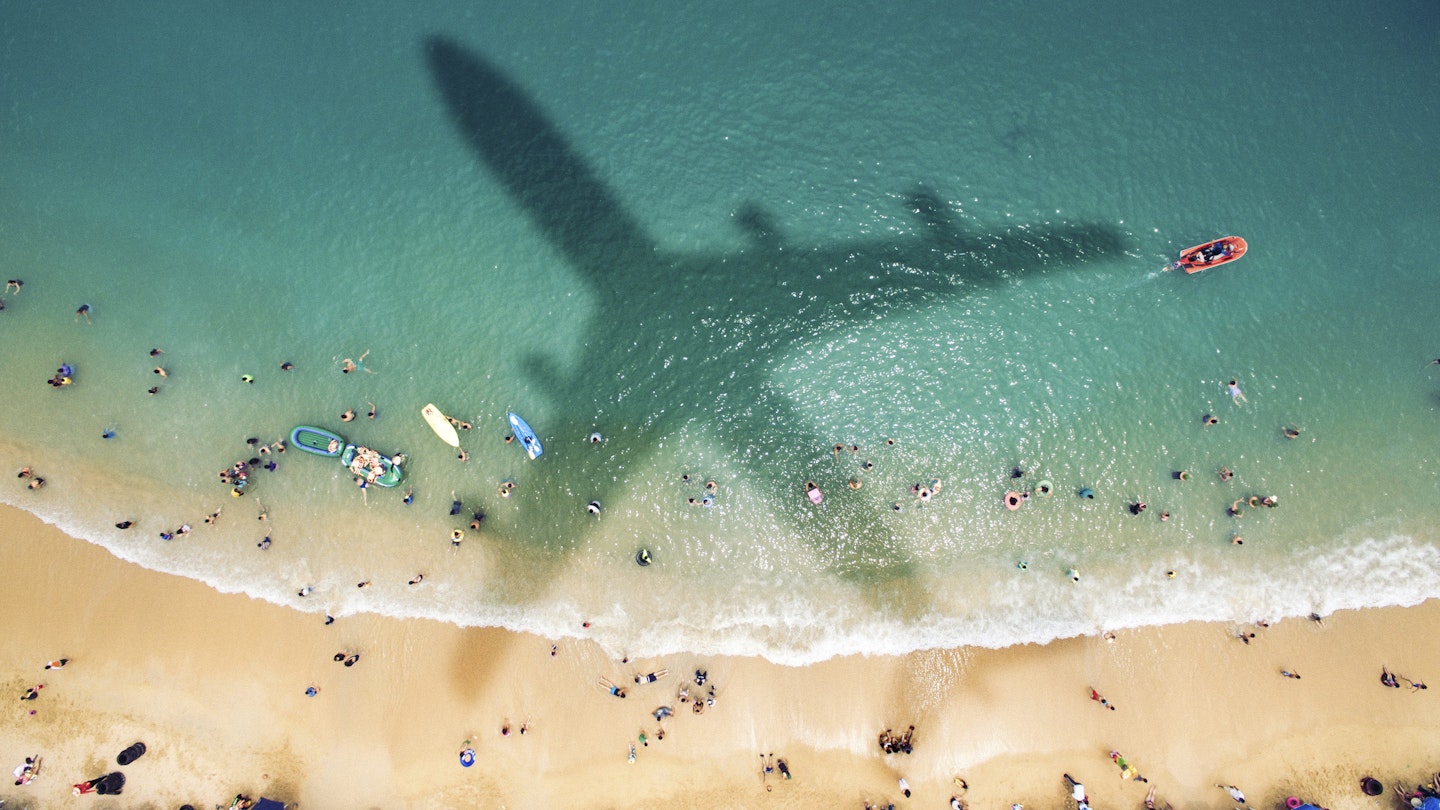Eco-Friendly Air Travel Tips
There was once a time when choosing a flight meant finding the cheapest, most convenient route. However, times have changed; travelers are now more aware of the environmental impacts of their journeys, leading to a growing demand for eco-friendly travel solutions.
Air travel is a significant contributor to carbon emissions. For perspective, using a carbon emissions calculator from the International Civil Aviation Organization (ICAO), a round-trip flight from New York to Tokyo adds 1.02 tons of CO2 per passenger. According to the World Economic Forum, the average American produces around 16.5 tons of carbon dioxide each year.
KAYAK’s Eco-Friendly Filter
To assist travelers in finding convenient and environmentally friendly options, KAYAK.com offers an eco-friendly search filter.

The filter functions in two ways: first, it identifies more efficient aircraft. Newer long-haul models, such as the Boeing 787 and Airbus A350, utilize two engines and are generally more fuel-efficient than older four-engine models like the 747 or A380.
Moreover, the filter emphasizes routes with the fewest stops to minimize emissions during taxiing, takeoff, and landing. Consequently, nonstop flights tend to be more environmentally efficient than those with multiple stops. The filter can also be adjusted to exclusively show eco-friendly flight options.

Other Eco-Friendly Air Travel Options
Aside from opting for lower-emission flights, there are several other methods travelers can adopt to enhance the eco-friendliness of their air travel:
- Fly Coach – Choosing economy class significantly reduces an individual’s carbon footprint. Research from the World Bank indicates that first-class passengers have a carbon footprint up to seven times larger than those flying economy.
- Buy Carbon Offsets – Although not a complete solution for climate change, carbon offsets can help balance out fossil fuel reliance. Travelers can calculate their carbon footprint and purchase offsets to fund environmental projects such as forest protection and solar panel installation. Look for accredited programs like Gold Standard.
- Order the Vegan Option – The environmental impact of meat production is substantial. Opting for a vegetarian or vegan meal during flights can contribute to reducing carbon emissions, considering how many in-flight meals are served each year.
- Pack Light – While passenger weight accounts for only a small fraction of a flight’s efficiency, reducing carry-on and checked luggage can contribute to a lighter aircraft, enhancing fuel efficiency.
- Choose Sustainable Destinations – Many tourist destinations are adopting eco-friendly initiatives. Areas such as Breckenridge and Vail in Colorado emphasize alternatives to car transport and waste diversion efforts. In Europe, Slovenia has implemented tourism management programs to minimize the negative effects of mass tourism.

By taking these steps and utilizing tools like KAYAK’s eco-friendly filter, travelers can significantly reduce their carbon footprint while enjoying the wonders of air travel.





